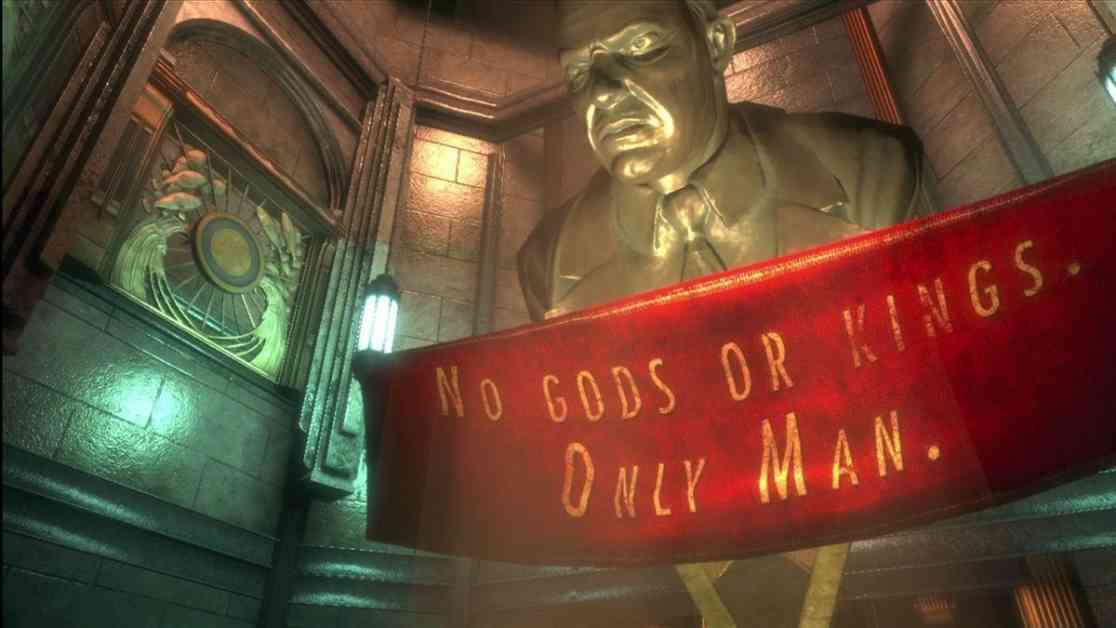The Importance of Corridors in Video Game Design: BioShock Creator’s Perspective
In a recent interview with Games Industry.biz, Ken Levine disparaged his most famous and popular game, BioShock, as “a very, very long corridor.” He uses this description pejoratively to distinguish the 2007 first-person mystery game from his current project, science fiction FPS Judas, a game he says is being made “very, very differently.”
What is a corridor in video game design? It’s the notion that there’s only one core route through a game, a pre-determined path down which all players must tread, where we do not have the freedom to pick our own directions. In our current era where open-world games dominate, this can give the appearance of a design that removes or restricts player agency to a deletory result.
While some corridors were ridiculously restrictive, BioShock managed to offer players a sense of freedom despite having only one core pathway. The game’s success was due to its precise narrative choreography, orchestrated by the corridor design. Rejecting this game design as a failure risks losing unique experiences that corridors can offer.
The Value of Corridors in Game Design
Corridors should not be entirely abandoned in favor of open-world games. They offer the ability to puppeteer the player, creating deliberate, narrative moments on a set path. This narrative approach allows for more impactful storytelling akin to scenes in a movie where events build on one another, driving emotional resonance.
In the early 00s, there was a rejection of corridor gaming as a design choice. However, games can aim to emulate books in some of the best ways by offering curated, directed narrative experiences. Rather than being a sandbox where players have absolute agency, corridors place emphasis on personal interpretation, enhancing the player’s unique experience.
The Enduring Value of Corridors in Game Design
BioShock’s success as a corridor-based game challenges the notion that corridors are outdated in modern game design. The game’s curated, pre-determined tale, combined with player agency, demonstrates the value of experiencing a unique narrative crafted within the confines of a corridor design. This approach should not be dismissed as a shortcoming but embraced for the distinct experiences it can offer players.

